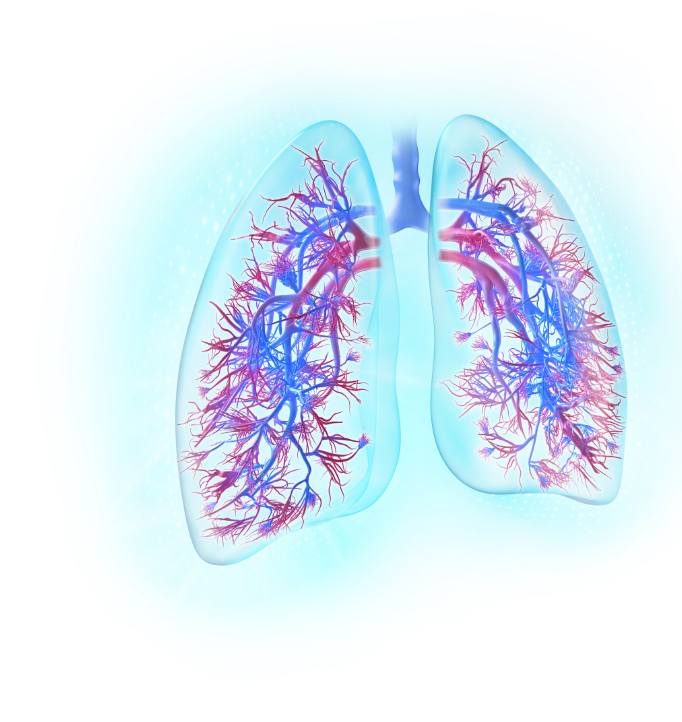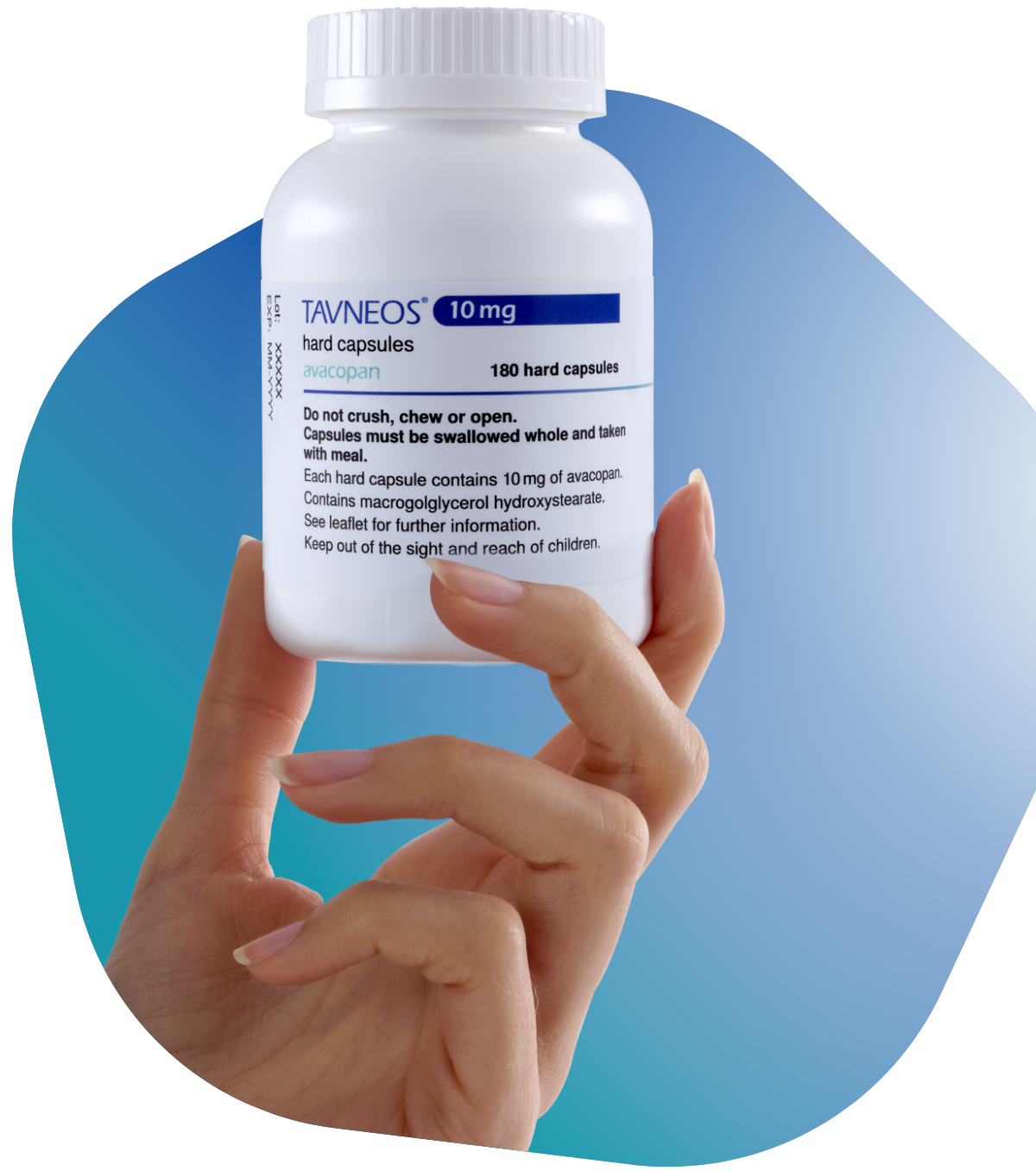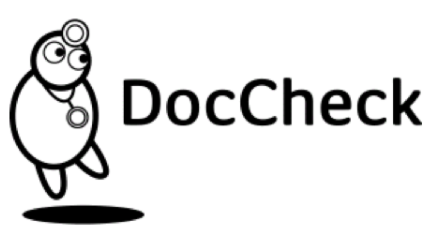Safety profile
The most common adverse reactions observed in a pivotal phase 3 study in patients treated with a TAVNEOS-based regimen:2

Nausea 23.5%

Diarrhoea 15.1%

Headache 20.5%

Vomiting 15.1%

Decreased white blood cell count 18.7%

Upper respiratory tract infection 14.5%

Nasopharyngitis 15.1%
The most common serious adverse reactions are liver function abnormalities (5.4%) and pneumonia (4.8%)2

TAVNEOS is a substrate of CYP3A4, but clinically relevant interactions are unlikely when TAVNEOS is co-administered with inducers or inhibitors of this enzyme2
Comparable safety results
Numerically similar incidence of SAEs observed in TAVNEOS- and GC-based regimen1
The number of SAEs (excluding events of worsening vasculitis) was 33% higher in the GC-based regimen vs the TAVNEOS-based regimen1
| TAVNEOS-BASED REGIMEN (n=166) | GC-BASED REGIMEN (n=164) | |
|---|---|---|
Treatment-emergent adverse events (TEAEs)
|
|
|
Serious adverse events (SAEs)
|
|
|
Deaths
|
|
|
Infection
|
|
|
AEs potentially related to GCs
|
|
|
In a pooled safety analysis, the AE patient first incidence rate, AE rate, SAE rate, infection event rate, and WBC count decrease AE rate were statistically lower in the TAVNEOS-based regimen vs GC-based regimen3

Fixed oral dosing
TAVNEOS is taken as a fixed oral dose with no additional monitoring beyond standard disease management2*
TAVNEOS should be taken as follows:2

30 mg TAVNEOS

Taken twice-daily

With food
Hepatic transaminases, total bilirubin and white blood cell count must be monitored as clinically indicated, and as part of the routine follow-up of the patient’s underlying condition2†‡
Treatment regimen in combination with immunosuppressants
(RTX or CYC/AZA)2

*TAVNEOS is administered as a fixed-dose regimen, and it is not necessary to monitor organ impairment and undertake additional analysis beyond what is needed for standard disease management. Hepatic enzymes, total bilirubin and white blood cell count must be monitored.2 Please consult Summary of Product Characteristics for further information.
†Treatment must be re-assessed clinically and temporarily stopped if ALT or AST is >3x ULN. Treatment must be temporarily stopped if ALT or AST is >5× ULN. Please consult Summary of Product Characteristics for information about permanent discontinuation.2
‡Treatment must be temporarily stopped if a patient develops leukopenia (white blood cell count <2×109/L) or neutropenia (neutrophils <1×109/L) or lymphopenia (lymphocytes <0.2×109/L).2
AAV, ANCA-associated vasculitis; AE, adverse event; ALT, alanine transaminase; ANCA, anti-neutrophil cytoplasmic antibody; AST, aspartate transaminase; AZA, azathioprine; CYC, cyclophosphamide; CYP3A4, Cytochrome P450 3A4; GC, glucocorticoid; GPA, granulomatosis with polyangiitis; MOA, mechanism of action; MPA, microscopic polyangiitis; RTX, rituximab; SAE, serious adverse event; TEAE, treatment-emergent adverse event; ULN, upper limit of normal; WBC, white blood cell.
References
1.Jayne D, et al. N Engl J Med 2021;384(7):599–609. 2. TAVNEOS NOR SmPC. 3. Jayne D, et al. J Am Soc Nephrol 2022:33.


 Scroll down
Scroll down





